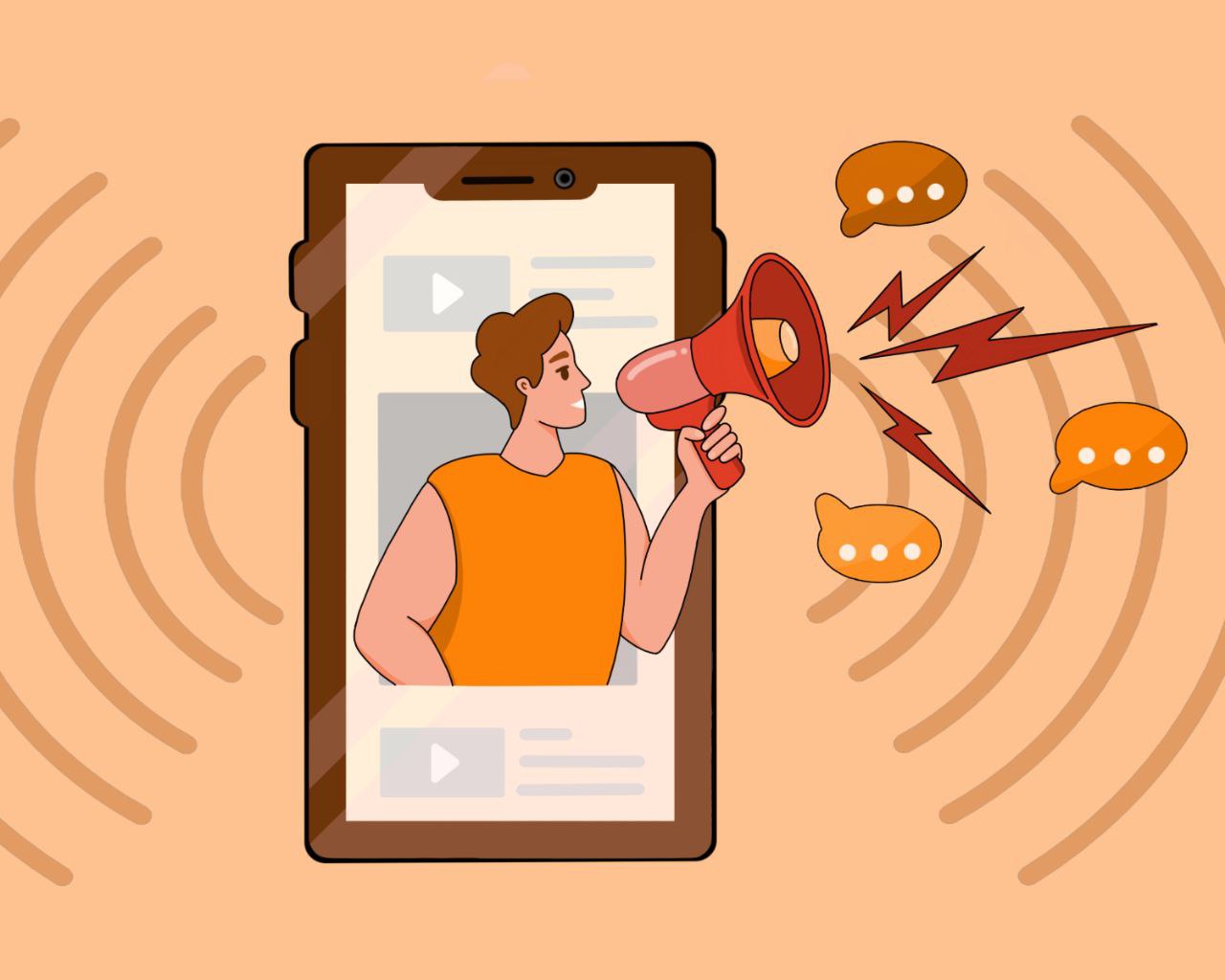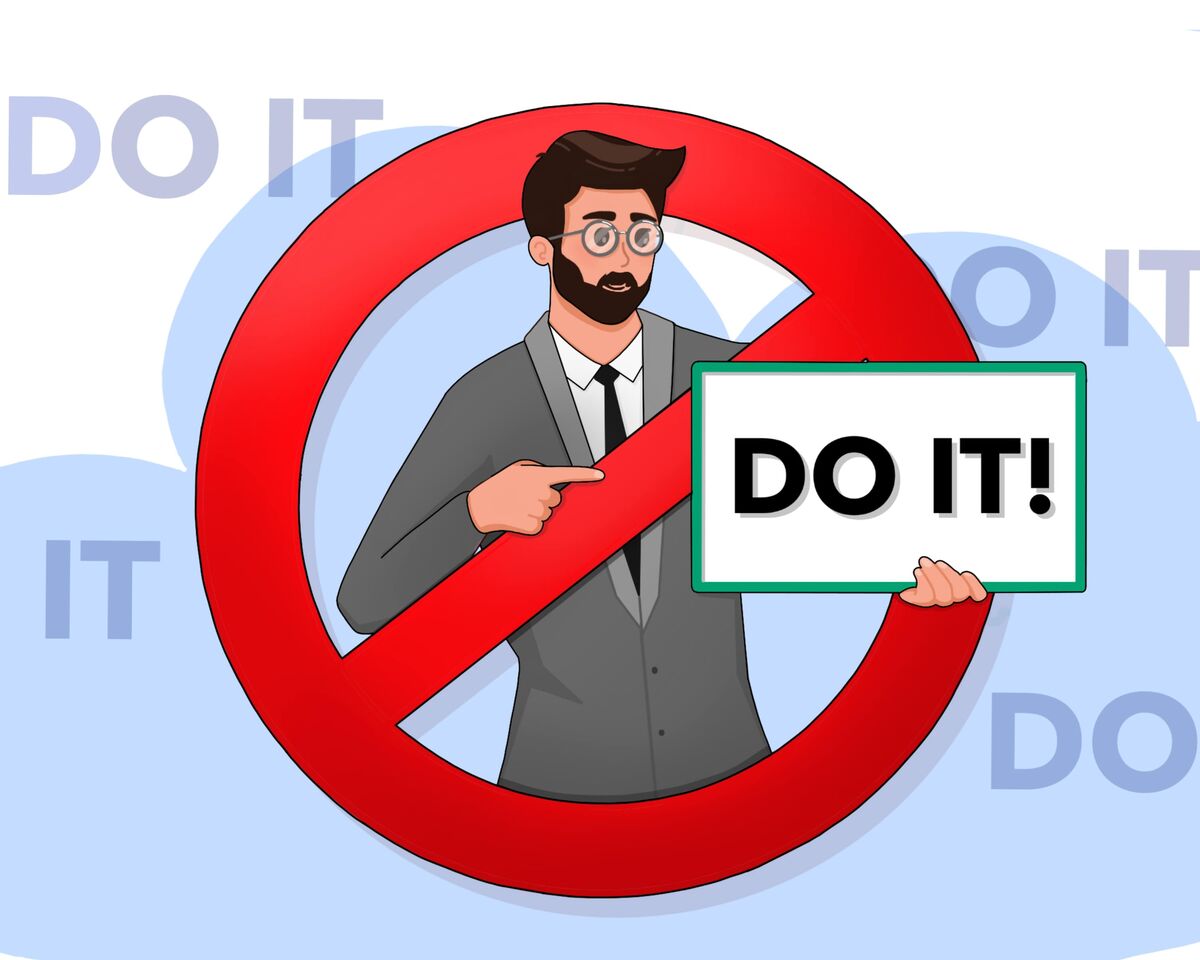How Subscribers and Views Can Destroy a Channel
 YouTube is known for its ambiguity. What seems obvious may not be so clear-cut. For instance, what if having a large number of subscribers isn't all that great? And what if viral videos can actually harm a channel? Sounds absurd, doesn't it? After all, subscribers matter to us, and everyone dreams of their video taking off on the platform.
YouTube is known for its ambiguity. What seems obvious may not be so clear-cut. For instance, what if having a large number of subscribers isn't all that great? And what if viral videos can actually harm a channel? Sounds absurd, doesn't it? After all, subscribers matter to us, and everyone dreams of their video taking off on the platform.
Let's discuss which indicators can "drown" channels.
How to tell if a channel is in decline
Surely the red flags on YouTube for each author will be the following things:
- few views on the video,
- low subscribers on the channel,
- slow activity in the comments.
If you still think that these are the exact signals after which you urgently need to "bury" your channel, then it's not quite so. You should be concerned not by the small number of subscribers but by the decrease in the growth rate of the subscriber count. Yes, it's not the figure itself but specifically the speed of their increase that matters.
- The number of views is low relative to what or whom?
Are you comparing yourself to a YouTuber from yesterday or a random blogger from a random niche? It won't be possible to objectively compare yourself with just anyone on YouTube because each channel, author, and video has its own path to success.
- Few reactions and comments under the video?
And were you even expecting to get them there? Here's the thing: if you have a helpful video where you simply answer a specific question from your audience, a large portion of viewers will silently thank you and move on with their tasks. The lack of reactions under the video doesn't indicate a decline in the channel but rather that the video's topic is straightforward, doesn't raise questions, doesn't imply reactions, and you've added a few hooks that would motivate people to leave reactions. But that's just part of the reason.
What does it mean “everything is not that clear on YouTube”
Can you confidently say that low views are objectively bad? Well, not entirely. For instance, if you've recently started your channel and it's gathering few reactions, views, or comments – that's normal. Even if a friend who started around the same time as you is already raking in millions of views. Just come to terms with the fact that everyone has their own growth rate and path to success.
If the channel overall has a positive trend and is growing, no matter how slowly, it means you're on the right track. Low growth rates of subscribers and views don't always mean that your content is bad. It could signal that your video topics are very niche and specific, making it challenging for the platform to find your target audience. Or, it might be that the topics are overused, and people watch them passively because they've seen them a hundred times from other creators. As you can see, it's not straightforward to evaluate.
And what about the ambiguity with the number of subscribers? Few subscribers mean the channel is bad! No, no, and again, no. The number of subscribers on a channel is no longer a criterion for success. All because the number of subscribers has long ceased to be an indicator of the actual size of the audience.
- Some people subscribed a long time ago and forgot, actually not watching the videos;
- A certain percentage of subscribers are bots or abandoned accounts;
- Part of the audience won't watch all the videos because not all topics may be of specific interest to them.
So, the range of subscribers, as well as the number of views, can vary significantly, and a low or, conversely, high number of subscribers does not indicate whether your channel is bad or good.
Take a look at popular influencers in one niche. The metrics for both views and subscribers can vary widely. Therefore, relying solely on the number of views and subscribers is not objective.
How to evaluate your content and its success
"If you want to realistically assess your channel, take a look at the number of loyal viewers. They are the ones who truly reveal the real size of your audience.
However, it's important to remember that not every subscriber will watch your videos consistently—and that's okay. So, who are these loyal viewers?
They are the people who keep coming back to your channel time and time again to watch your videos. For them, the video presentation becomes less critical, and the topics partially lose their significance—they just want to watch new content from their favorite creator. And what truly matters to devoted viewers in this case is consistency. What irony is that consistent viewers seek consistency from the creators, don't you think?
A consistent content schedule, consistently high-quality visuals and content in the videos, and consistently enjoyable time spent with a specific creator are what matter. The main criterion for success on YouTube is not the number of subscribers or views but a dedicated audience that eagerly awaits each of your videos, regardless of the topic or presentation—they are ready to watch everything you create.
Things that negatively affect the channel and content
Most likely, the following examples will raise a lot of questions for you. Therefore, let's go straight to the most unexpected factors of negative impact on the channel and content.
- Viral videos
No way! It may seem that we all strive to create videos that will skyrocket into recommendations and bring in a massive number of subscribers, so why can viral videos have a negative impact on the channel?
When a video suddenly gains views, your channel statistics soar to the stratosphere of happiness: metrics break records, comments pour in by the ton, and people rush to become your subscribers. However, there's a flip side to this coin: when the wave of interest in the video subsides, and it will happen sooner or later, your metrics will start to plummet rapidly.
This will starkly contrast with the time when all your metrics were positive and green. Authors fall into the trap, assuming that the channel is plunging into the abyss. In reality, the metrics return to the usual criteria when the channel grows steadily, without the viral video effect.
The bitter aftertaste of such success is that repeating it will be very, very difficult. To make a video go viral, you need to consider a myriad of factors. Even for seasoned creators or experts, this is challenging, and for newcomers, it's almost impossible due to the lack of experience and understanding of how the platform and audience interest work.
After several unsuccessful attempts, you may genuinely believe that luck is the only thing that matters on YouTube, and if it has abandoned you, there's no point in creating any more content or trying to catch success again.
But here's another deception of viral videos: only experience, a significant number of attempts and experiments, as well as analyzing your attempts, can lead you back to success.
Certainly, it's impossible to say that viral videos are unequivocally bad. However, claiming that they only have a positive impact on the channel is also not accurate. You just need to be prepared for anything.
- Large number of subscribers
How can one claim that a large number of subscribers is bad? After all, almost every blogger strives for this.
Wait! It's not that simple. One dangerous stumbling block can lurk behind a large number of subscribers. Let's delve into it.
What is the essence of subscribers? When you release a new video on your channel, they are the ones who receive notifications and rush to watch, creating a positive signal for YouTube algorithms to start giving more views to your fresh video to a new audience with similar interests. Therefore, you don't need just any subscribers.
If your channel has randomly subscribed people — just anyone and anyhow — it means that when you release new videos, they will, in 90% of cases, ignore notifications. They won't rush to watch the video, won't create that positive reaction for the algorithms. And even more, they will bury your further promotion. For the platform and its systems, the situation looks like this: the channel has many subscribers, but they weakly engage with the author's new videos, meaning the author produces poor content — then it's not worth showing to other viewers.
This is why buying and selling channels on YouTube with a certain number of subscribers is a waste of money. Especially if you buy a channel with subscribers and plan to change the theme they came for. And precisely for this reason, a huge number of subscribers is not a guarantee of success on YouTube and that people will watch you at all.
- External traffic
Often, authors are advised, especially in the early stages of channel development, to share their videos wherever possible: in thematic communities, send newsletters to relatives, post about their channel on forums. And we have also given and continue to give such advice.
However, as you may have guessed, there is some ambiguity here too. There are pros and cons to promoting your videos on YouTube through other platforms.
On the one hand, this can attract new audience to YouTube, specifically to your channel. It seems like YouTube should be happy that you brought an audience to them, taking it away from other social networks. But there are nuances.
The thing is, an external traffic source does not help the algorithm promote your videos to a broader audience on the platform itself. When a viewer watches a video on the platform through their YouTube account, the platform already knows who they are and what they like. This helps the algorithm understand the category of viewers from which the views on your video are coming. Based on this data, it further promotes the video, expanding the audience. But when the view comes from an anonymous viewer without an account, there is nothing to analyze. It's just a view – the platform will count it, and that's it. No viewer data, no reactions – nothing. Just a view.
You also lose some of these views when you embed the video in the feed of another social network because viewers may not click through to YouTube but simply watch the video in another player. In the end, the view will be attributed to the social network where the video was watched, not to your count of views on YouTube.
This is why, for example, Mr. Beast never embeds links to his new videos on Twitter and other social networks – he just announces that a new video is out and adds a screenshot so that his viewers go watch the video on YouTube, not somewhere else. Even though Mr. Beast can seemingly afford anything.
Should you promote your videos on other platforms? Absolutely. Should you be cautious with video announcements on other social media? Definitely—yes.
So, YouTube is full of nuances—that's what we've gathered from the article. Although it may seem like we've discussed straightforward questions with obvious answers—many views and subscribers are good, few are bad—there are nuances everywhere. Numbers remain just numbers when they are not supported by anything else.
If a certain type of content in a particular niche has a low entry threshold, making it easy to gain views and subscribers in large quantities, the market will quickly become oversaturated with such content. Then, the value will not be placed on the content itself, as it is easily replicable, but on you as an individual—because duplicating your personality is impossible.
Build a channel and content promotion strategy not solely based on subscriber and view counts but on your individuality and the people for whom you want to create content on YouTube.




